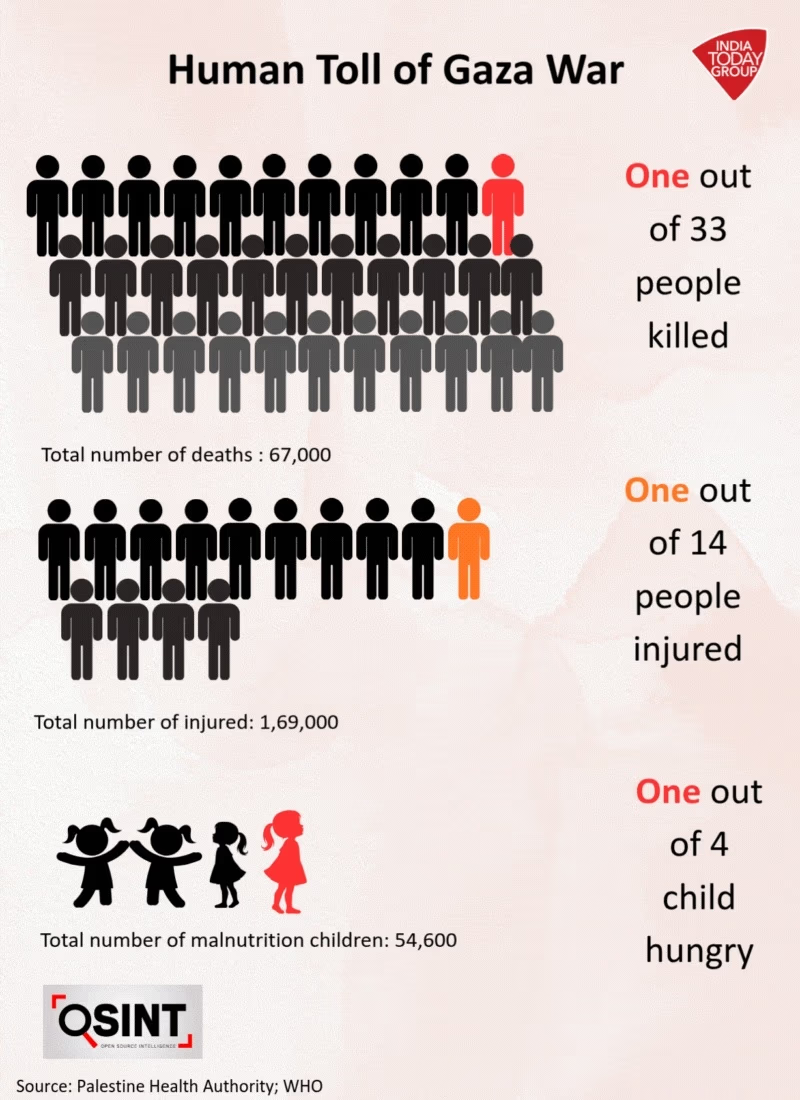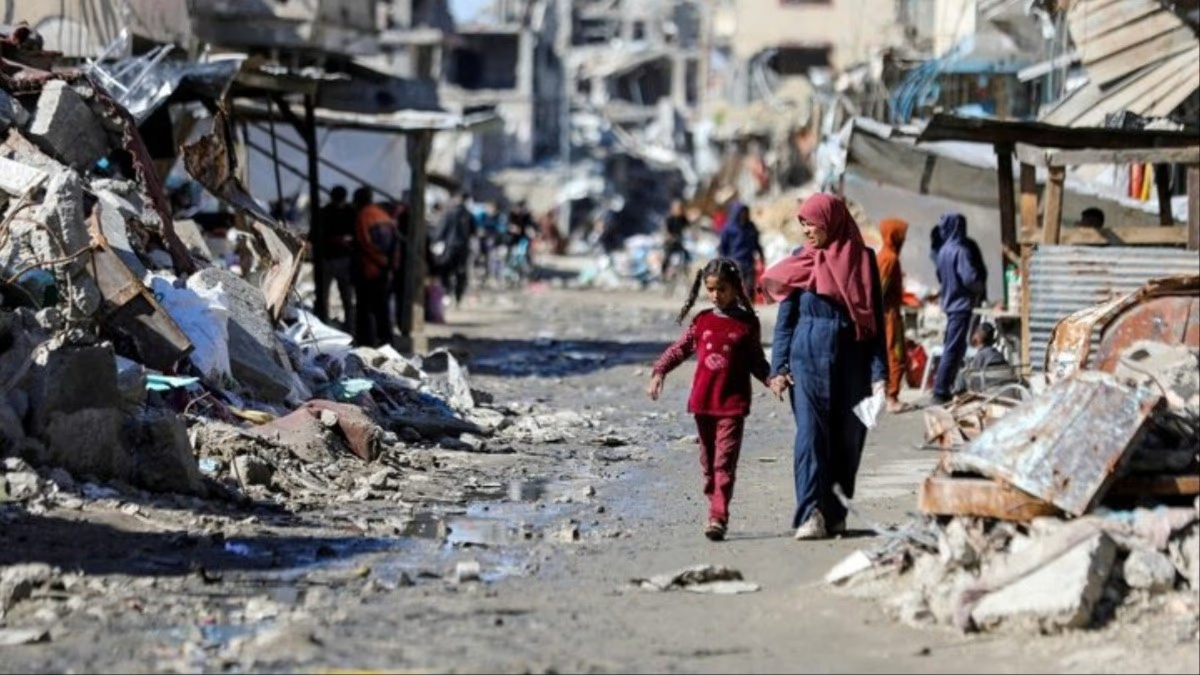After 736 days, the Gaza war (2023–2025) seems to be reaching its conclusion. Hamas returned 20 Israeli hostages alive, reuniting them with their families.
For the first time since its establishment in 1948, Israel feels secure. Hamas has weakened, the nuclear threat from Iran has diminished, and Israel maintains firm, albeit delicate, ties with Gulf Arab nations.
Prime Minister Benjamin Netanyahu has also greatly solidified his political alliance with Donald Trump.
Nearly two years after declaring war, Israeli Prime Minister Netanyahu announced 'victory', yet it came at a tremendous cost.
The war in Gaza generated unprecedented levels of inhumane violence. Israel's government faced accusations of genocide and war crimes in Gaza, drawing harsh condemnation from many powerful nations.

Source: aajtak
Israeli attacks on Gaza resulted in the death of at least 67,000 people and injured 169,000 - representing about 3% of the pre-war population. Overall, the toll amounts to nearly 10% of Gaza's 2.3 million residents.
Among the dead were at least 20,000 children, equating to the loss of a child nearly every hour over the past 24 months.
Actual casualties may be higher, with the Palestinian Ministry of Health counting only cases brought to hospitals or officially registered. The exact death and injury tolls in Gaza remain unknown but are believed to be higher than officially reported figures.
Israel not only continued attacks but also tightened blockades, causing famine to grip the region. At least 459 starvation deaths occurred, including 154 children. Famine causes one in four Gaza children to suffer from malnutrition, and one in five infants to be born prematurely or underweight.
According to satellite surveys by American researchers Corey Sher and Jaymon Lee, at least 198,883 buildings in Gaza Strip, or about 60% of all structures, were damaged by October 2, 2025.
The economic cost of the war for Israel has risen to approximately $62 billion (around ₹5.5 trillion).




